How Indian town Joshimath is SINKING
>
A quaint Indian village has become “an atomic bomb” as it begins to sink, huge cracks opening in collapsing houses.
Residents of Joshimath, in India’s Chamoli district, have had to evacuate their homes as result of land subsidence in the local area.
The city which has a population of around 25,000 has seen more than 500 houses develop huge cracks while others started to sink in the last ten days.
Chief Minister Pushkar Singh Dhami has requested a detailed report from Chamoli District Magistrate Himanshu Khurana who will decide whether the 50 affected families are ‘relocated’ or rehabilitated.
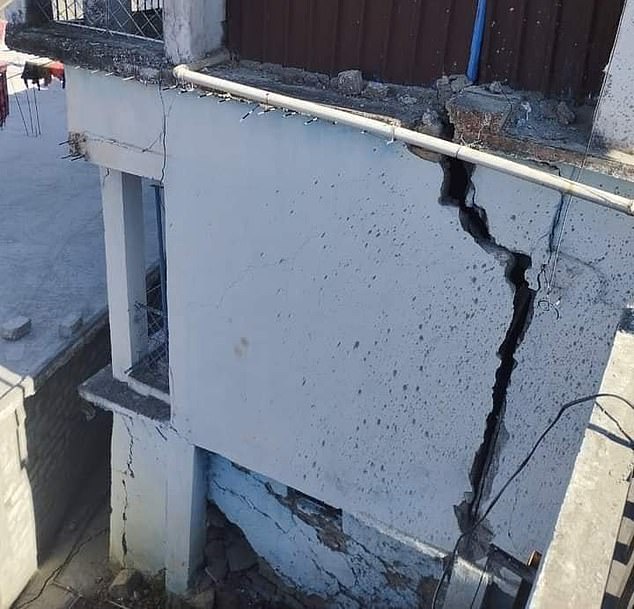
Joshimath, located in India’s Chamoli district, has seen more than 500 houses develop huge cracks while others began to collapse in the past ten days.
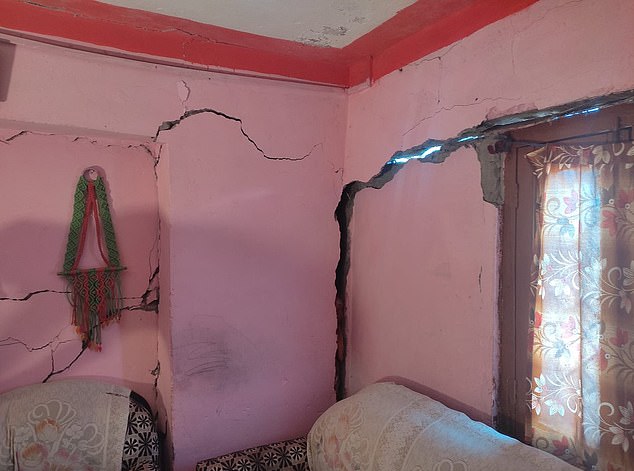

Residents have had to evacuate their homes as a result of land subsidence in the local area.
Given the extreme nature of the matter, officials have also been instructed to demand relief from residents and businesses “who were facing financial loss”, according to The Times of India.
In addition, the Chief Minister said that he would hold a high-level meeting on Friday evening to take stock of the situation.
Bachao Sangharsh Samiti, Coordinator of Joshimath, said: ‘All of us live in an ‘atomic bomb’ that can go off at any moment.
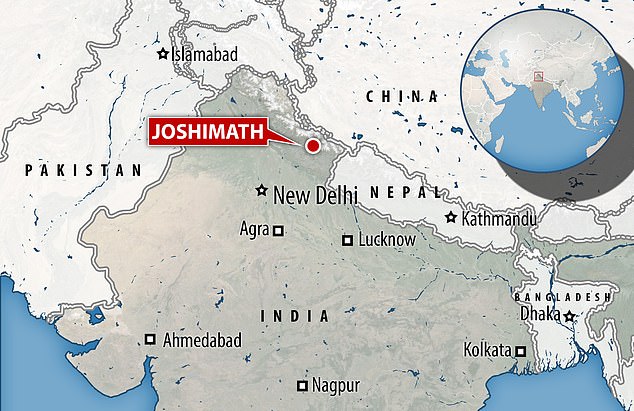

Bachao Sangharsh Samiti, coordinator of Joshimath, said: “All of us live in an ‘atomic bomb’ that can explode at any moment.”
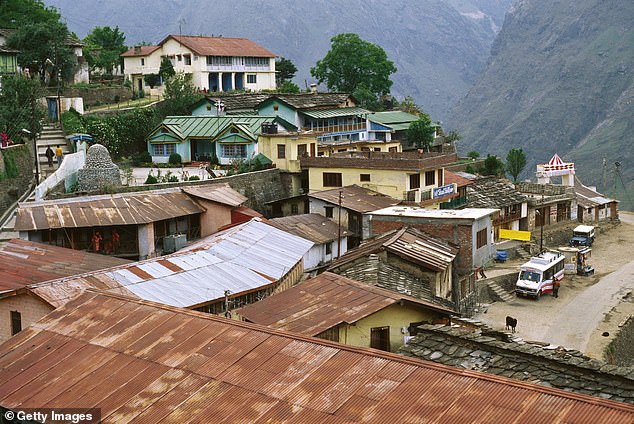

Officials have been called out to support residents and businesses experiencing financial hardship as a result of the damage.
‘The cracks are also visible on the national highway, the public schools. as well as hospital’
Despite objections from local experts, warning that the land cannot support a high rate of construction, continued projects and widening of the National Highway have added to ground instability in recent decades.
The predominant cause of the cracks is believed to be a 12 km long tunnel of the National Thermal Power Corporation, 520 MW Tapovan-Vishnugad hydroelectric project.




The predominant cause of the cracks is believed to be a 12 km long tunnel of the National Thermal Power Corporation, 520 MW Tapovan-Vishnugad hydroelectric project.
Power Corporation previously acknowledged in 2010 that the tunnel was experiencing water seepage from a drilled aquifer, which in turn caused water sources in Joshimath to dry up.
As a means of repairing the damage, they provided the core of Rs 16 to the city to supply water and agreed to insure the houses, however this has not been done so far.
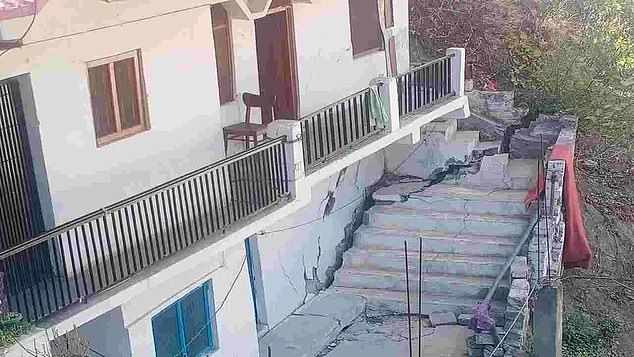

The Chief Minister requested a detailed report from Chamoli District Magistrate Himanshu Khurana who will decide whether the 50 affected families are ‘relocated’ or rehabilitated.
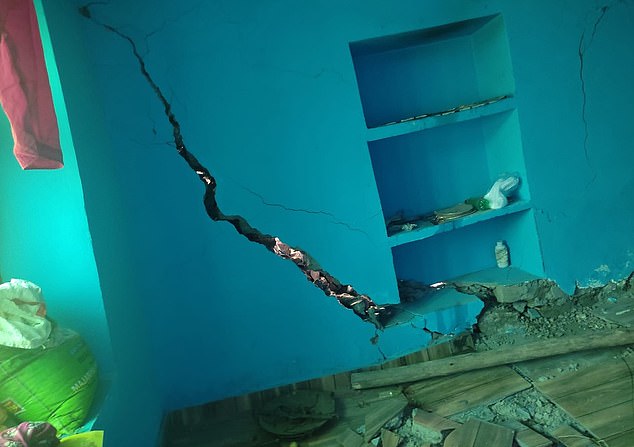

Despite objections from local experts who warn that the land cannot support a high rate of construction, continued projects have added to the instability of the ground.
Shailendra Panwar, Chairman of the Joshimath Municipal Board, said: “Work on the tunnel started in 2006 and in 2009, a tunnel boring machine became trapped, causing an aquifer to rupture which was discharging water at a rate of 600 liters per second.
The tunnel is still under construction. After the 2010 Raini flash floods, the entire project was halted.’
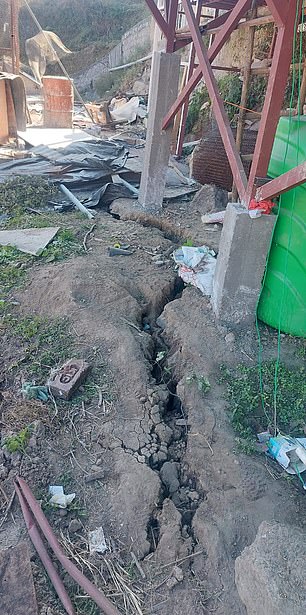

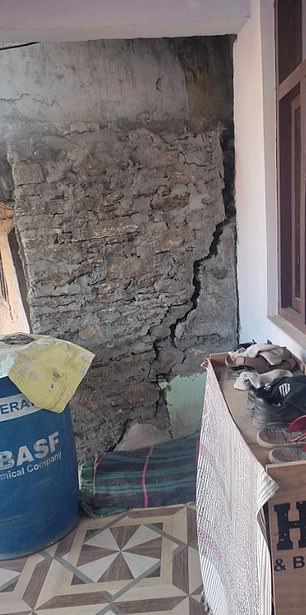

The Power Corporation previously said the tunnel was experiencing water seepage from a drilled aquifer, which in turn led to the drying up of water sources in Joshimath in 2010.
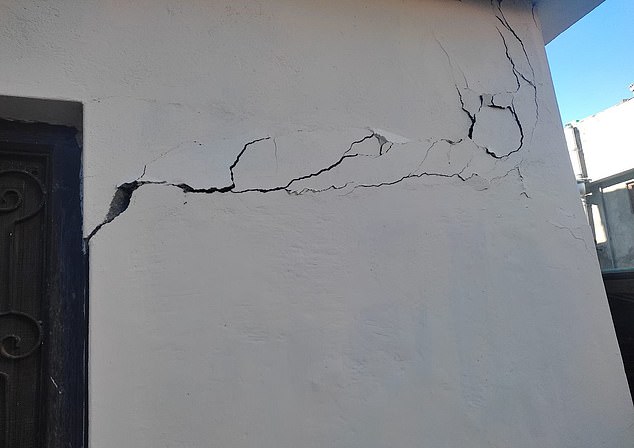

Environmentalist Ravi Chopra claimed that the drilling of the aquifer within the mountain left it unable to support the earth above it, causing the area to subside.
NTPC officials have claimed that as the tunnels are now completely dry, the subsidence is not due to their project.
However, environmentalist Ravi Chopra said that drilling the aquifer inside the mountain, which is now devoid of water, cannot support the land above it, which subsequently leads to subsidence of the area.
